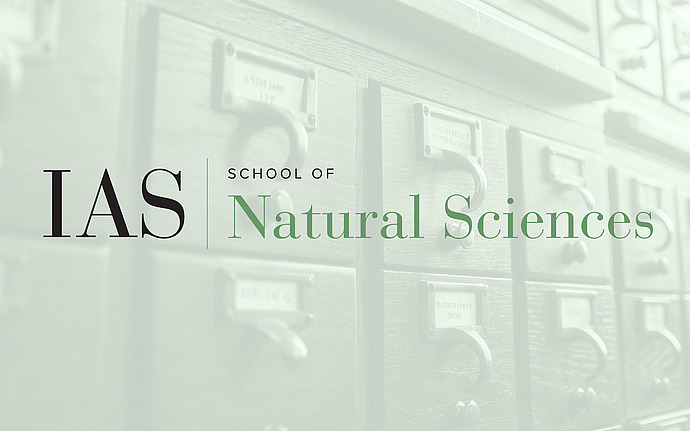
Princeton Center for Heliophysics Seminar
Dust in Space Plasmas: Investigations of Orbital Debris and Asteroid Evolution
The interaction of charged particles with the local plasma environment is of interest in a variety of space applications. This talk will focus on two specific applications: 1. the design of new technologies to detect orbital debris and 2. the evolution of asteroid surfaces. Small (sub-cm) orbital debris poses a serious hazard to functional spacecraft, but is very difficult to detect (and impossible to track) using conventional technologies. Our simulations predict that many of these debris objects will produce solitons in the ionospheric plasma environment. We will present the characteristics of the debris that are predicted to produce solitons and the characteristics of the resulting solitons. Detection of debris-produced solitons may provide a new technique to monitor the highly uncertain sub-cm debris environment.
Our second topic concerns the removal of small particles from the surfaces of asteroids. The regolith of many small asteroids is coarse compared to other solar system bodies like the Moon. It has been hypothesized that small regolith particles may be removed from asteroids due to the interaction of the charged particles with the local plasma environment. We will present predictions of the sizes of particles that can be lofted from asteroid surfaces (considering two leading particle charging models) and the subsequent trajectories (including escape) of those particles. Electrostatic lofting, combined with solar radiation pressure, may be an active loss mechanism on asteroids.